GROWING up as an academically inclined south Asian student in Malaysia, Shafeeq Shajahan was determined not to be placed in a rigid box and found his refuge in creativity.
Drama and music classes became a gateway to discovering his inner storyteller. Raised on legends, fables, and myths by his mother, that connection only deepened, leading to an award-winning stage career.
The talented director, writer, composer, and performer founded the award-winning British-Malaysian theatre company Liver & Lung, which has produced works that dare to do things differently.
The company has continued to grow with The Bollywood Guide to Revenge, which will be staged at Soho Theatre in central London from April 1–5. This musical cabaret show, powered by old Bollywood glamour and disco beats, delivers a story filled with risqué reflections and redemption.
Eastern Eye caught up with the London-based talent to talk about his creative journey, new show, live performance, and inspirations.
What inspired the musical cabaret show, The Bollywood Guide to Revenge?
We wanted to create a cabaret that celebrated my queerness, Islamic faith, and Indian heritage, all in perfect, melodramatic unison. It’s a cathartic, camp and funny homage to old-school Bollywood glamour and the tenacity of Bollywood heroines from the 1970s and 80s – icons around whom I’ve lovingly built my personality. The show draws inspiration from these heroines and explores how the desire for revenge can be channelled into a beautiful, fabulous, powerful form of selfexpression. Hell hath no fury like a Bollywood diva scorned.
Tell us about the show.
The Bollywood Guide to Revenge is an extravagant and campy deconstruction of the 1978 Bollywood film Satyam Shivam Sundaram. The film is about Rupa, played by the legendary Zeenat Aman, who is scarred and struggles to be seen for more than her deformities. Throughout the show, I weave in anecdotes from my mother’s early life as a dark-skinned young girl in Singapore and my life as a queer person of colour in London. Both our stories are about ‘scars’ that society inflicts upon us and the journeys we’ve had to take to turn those scars into sapphires.
Tell us a little more about the show.
I treat the audience to a mélange of classical Indian music, jazz standards, and a grand Bollywood-style disco finale that’ll have everyone dancing in their seats. It’s as wild as it sounds.
Can you talk about the show’s strong musical aspect?
The show is a beautiful harmony of Western musical theatre, jazz, and Indian classical music, all strung together with a sick disco beat. I perform with my creative partner Vasilis Konstantinides, who plays the keyboard, and Malaysian cellist Mariamlisa. Together, we’ve created a unique sound that blends modern queer musical references with the deep spiritual roots of my Indian heritage. (To prepare for the show, I’ve been vocally training in the Carnatic Indian classical style.)
Do you have a favourite moment in the show?
I find that I use music to harmonise what may initially seem discordant: there’s a particular jazz-inspired recitation of Surah Al-Duha (the 93rd chapter of the Qu’ran) that’s haunting, beautiful, and deeply spiritually resonant. Spoiler alert – the show ends in a huge Bollywoodstyle disco number to celebrate Rupa’s final ‘curse’ in the movie. You will love it.
Who are you hoping connects with your show?
Honestly, the show is a love letter to my mother. Throughout my life, people have told me that I would not be able to reconcile the seemingly irreconcilable parts of my personality. Yet, here I am, a living testament to the fabulous intersectionality within us all. My mum’s a huge reason for that. The cabaret celebrates the beautiful intersections that society often overlooks, and I hope it encourages people to appreciate all parts of their unique selves.
How did you come up with the interesting title?
Simply put, someone broke my heart last year, and I wanted to get back at them. How better than with a show at the Soho?
The title is a cheeky nod to a dramatic moment in Satyam Shivam Sundaram when Rupa curses Rajeev, setting off an epic sequence of thunder and lightning (nahin!). The cabaret is camp and flippant, but it also challenges the notion of revenge. Often, we don’t need revenge; we need transformation. That’s what Bollywood taught me, at least.
Besides, exes often already know what they’re missing.
How do you feel being in front of a live audience?
Performing is always exhilarating, and I’m happy to have finally found an art form (cabaret) that really plays to my unique strengths as a singer, comedian, and writer. As I grow older and get more comfortable in the limelight, I perhaps feel a growing sense of responsibility to communicate a powerful message that is increasingly responsible, meaningful and resonant. It really is an honour and privilege to be able to bring classical Indian queer music to the Soho Theatre in London.
What inspires you as an artist?
Oh, my mother inspires me to no end. She’s my guiding light, teaching me how to be a better person and, through that, a more fabulous artist. Her wisdom, strength, and unwavering support have shaped my artistic journey, and she will forever be my muse and inspiration. She’s currently in Malaysia but is looking to fly up to see me on stage. If she’s able to see me, that would make me so, so happy.
Why should we all come watch The Bollywood Guide to Revenge?
I’m a proud south Asian artist. I’m proud of my heritage and the music, stories, and films that piece together our incredible culture. I am also so proud of the personal work I’ve done to thrust these stories into the spotlight with a fresh, queer twist. The Bollywood Guide to Revenge promises to be a fun, joyous ride that celebrates the truth, divinity, and beauty in us all. In an increasingly dangerous world, it’s important we remind ourselves that some things, like our stories, are absolutely worth fighting for. Join me for a night of unforgettable entertainment, where an age-old tale meets a dazzling disco beat. I can’t promise you vengeance, but I can offer a seductive night of powerful transformation.
The Bollywood Guide To Revenge at Soho Theatre in London from April 1–5. www.sohotheatre.com






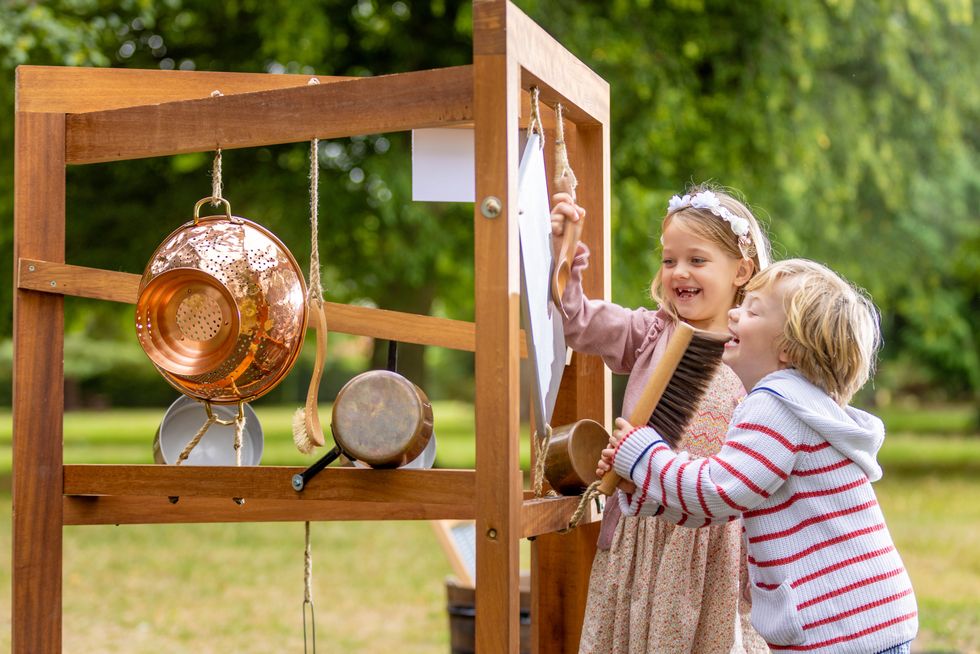 Explore the Kitchen Garden, Tiltyard and WildernessHRP
Explore the Kitchen Garden, Tiltyard and WildernessHRP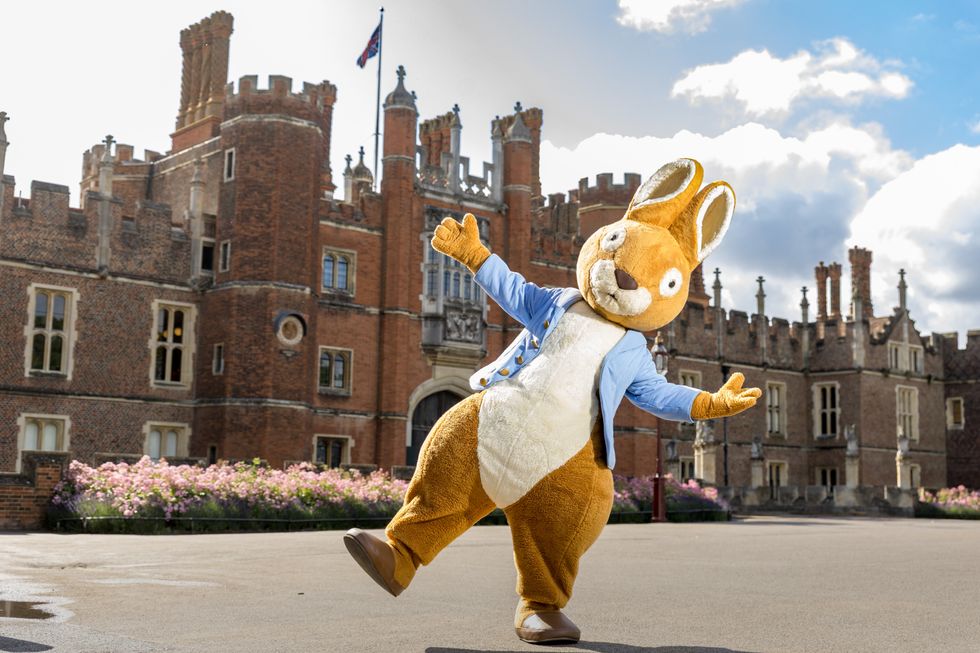 Children can meet a larger-than-life Peter Rabbit HRP
Children can meet a larger-than-life Peter Rabbit HRP

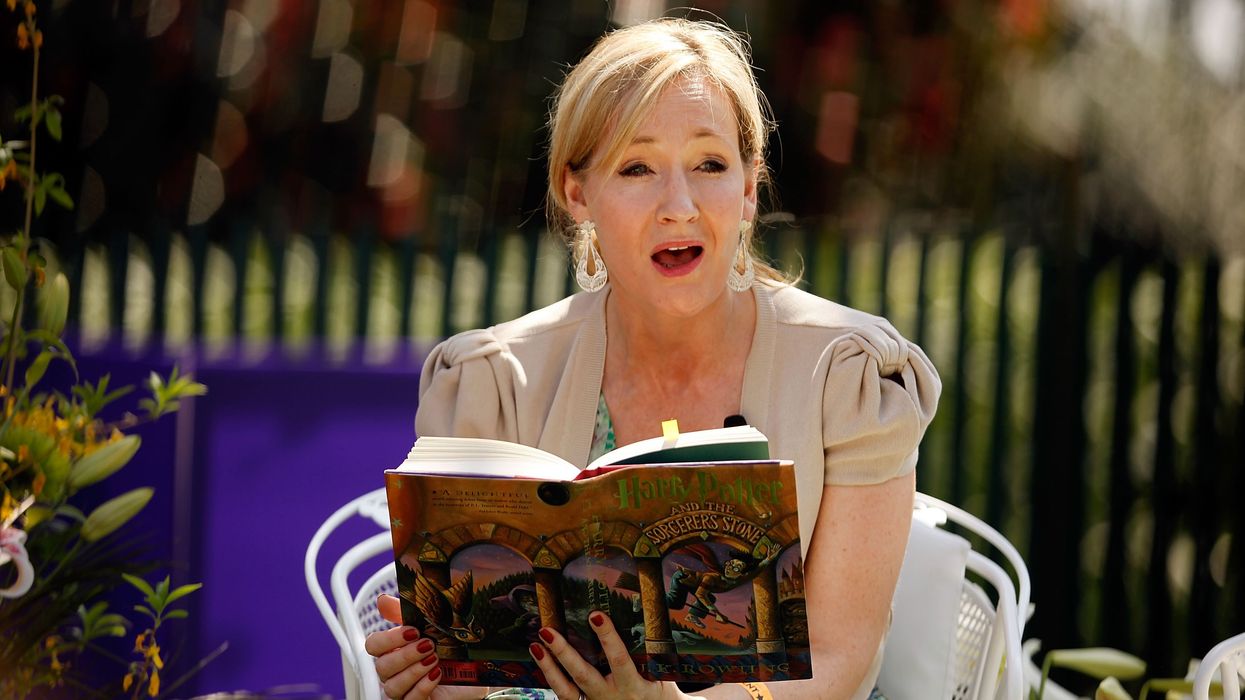
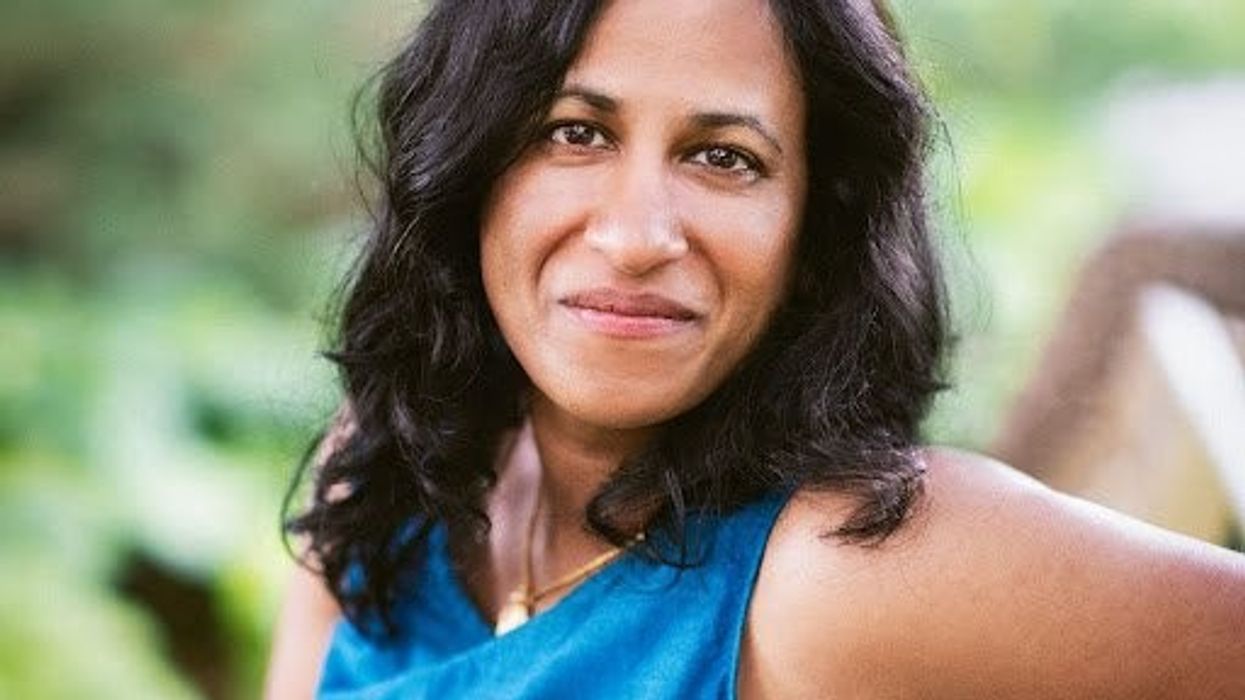
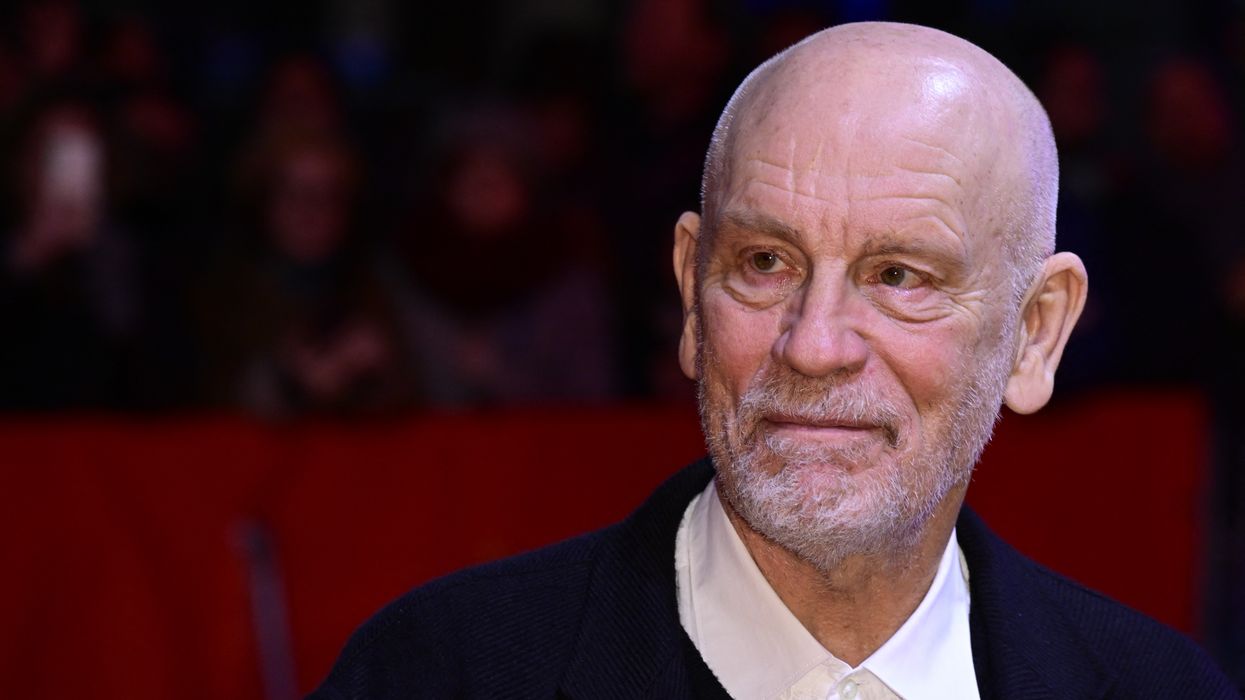



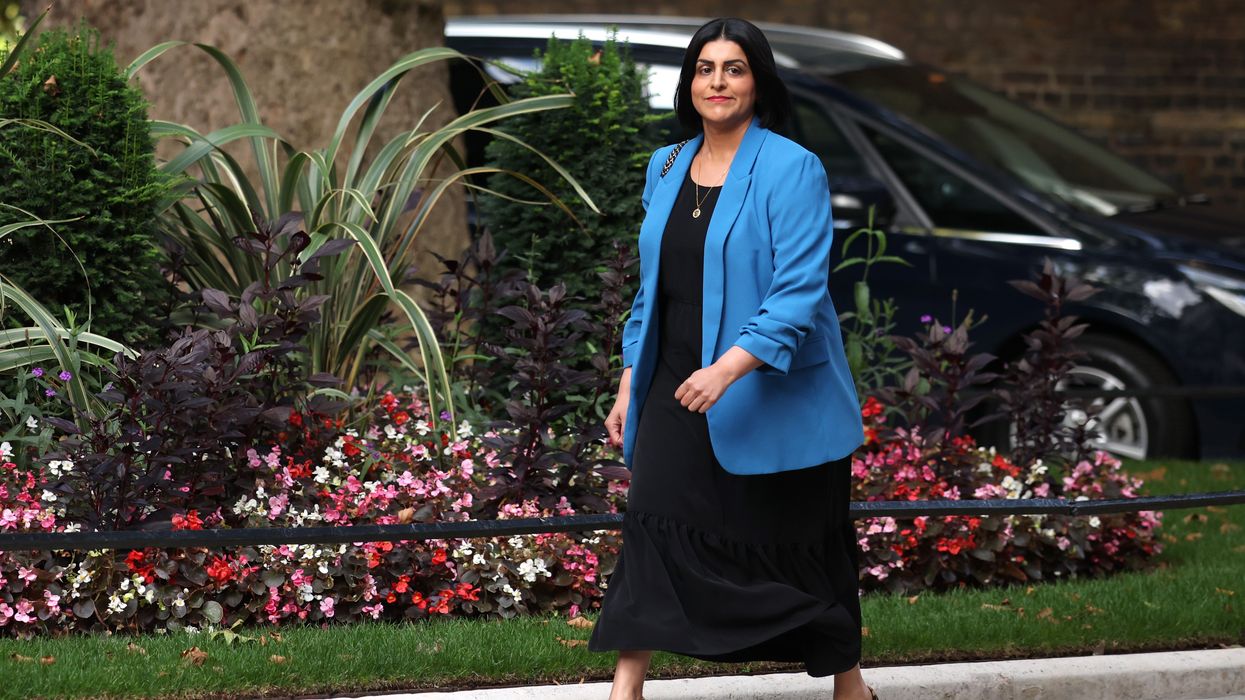

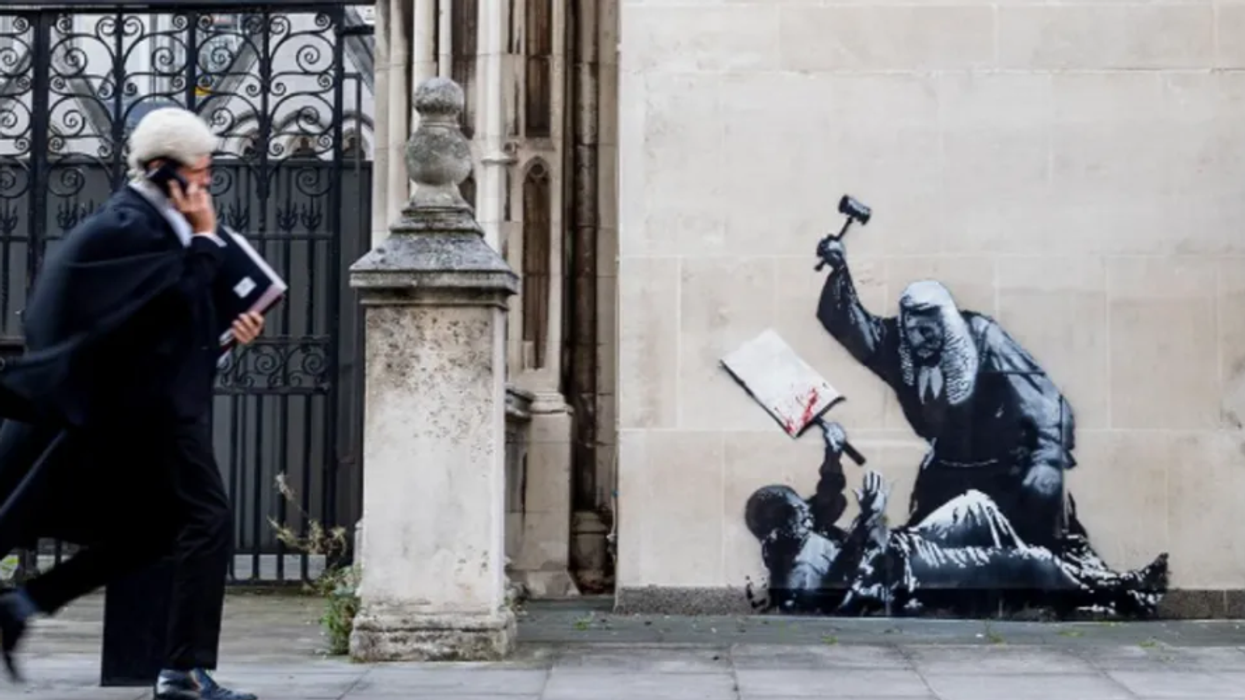


 Anika Chowdhury says she has many ideas to further fuse craft and culture in future projects Glowborne
Anika Chowdhury says she has many ideas to further fuse craft and culture in future projects Glowborne 